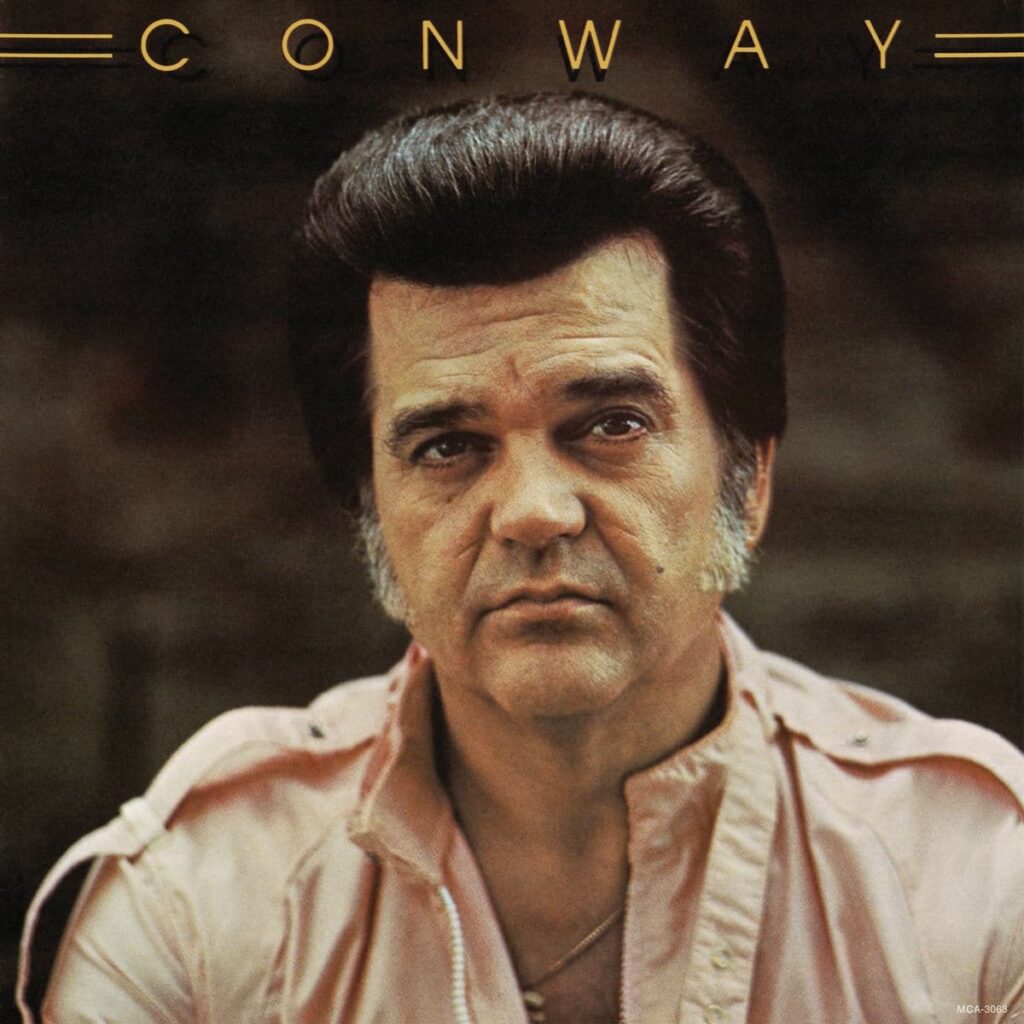
The Moment a Rockabilly Dreamer Became a Pop Legend: Conway Twitty’s “It’s Only Make Believe”
If you’re of a certain age, close your eyes and listen. You can probably still hear that haunting, almost desperate baritone, cracking with a yearning that was too intense for the average teen idol. It’s the sound of 1958, the year Harold Lloyd Jenkins—better known by the unforgettable stage name, Conway Twitty—first shattered the silence of a generation’s heartbroken youth with his rock and roll debut, “It’s Only Make Believe.” This wasn’t just a song; it was a phenomenon, a bolt of electricity that sent the unknown Mississippi native soaring to heights few artists ever reach, and it marked the true birth of a legend who would eventually dominate another genre entirely.
At the time of its release on July 14, 1958, “It’s Only Make Believe” was initially relegated to the B-side of the single “I’ll Try” by MGM Records. However, as is often the case with truly great music, the public had a mind of its own. A perceptive DJ in Columbus, Ohio, flipped the record, and the rest, as they say, is history. The song exploded, quickly climbing the charts to become an international smash. It reached the coveted No. 1 position on the US Billboard Hot 100 chart in November 1958, where it reigned for two weeks, and also topped the UK Singles Chart, cementing Twitty’s instant crossover stardom. It was a massive success globally, reaching number one in over twenty countries and eventually selling more than 8 million copies. Remarkably, this rock-and-roll masterpiece would stand as the only No. 1 pop single of Conway Twitty‘s entire career, even though he’d go on to become one of the most successful country artists in history.
The story behind the song is a classic tale of backstage inspiration. Twitty co-wrote the tune with his drummer, Jack Nance, while they were touring across Canada in 1958, specifically during an intermission at a show in Hamilton, Ontario. They reportedly hammered out the melody and lyrics in about twenty minutes. The lyric’s powerful emotional core centers on unrequited love—the painful duality of maintaining a public façade of romance while knowing the truth of a one-sided devotion. The narrator pleads for his love interest to someday return his feelings, while fully acknowledging the current reality: “People see us everywhere… they think you really care / But myself I can’t deceive… I know it’s only make believe.” It’s a sentiment that resonated deeply with anyone who’d ever pretended their hopes and dreams had come true, even as they felt the hollow ache of the truth. It’s that raw, almost tortured delivery—a unique, throaty growl that producer Jim Vienneau rightly insisted Twitty keep—that gave the song its unforgettable gravitas and separated it from the softer pop tunes of the day.
This seminal track served as the powerful launchpad for Conway Twitty‘s career, an artist born Harold Jenkins who cleverly took his stage name from two towns, Conway, Arkansas, and Twitty, Texas, seen on a map. While he would later transition fully to country music in the mid-1960s, finding unprecedented success with hits like “Hello Darlin’,” “It’s Only Make Believe” remains the definitive document of his rock and roll era. It’s a bittersweet echo from a time when a simple three-chord song could stop the world and a raw, passionate voice could conjure up the painful, beautiful lie of a cherished illusion. It’s more than a hit; it’s a time capsule of yearning, captured forever on a vinyl disc that defined a moment.